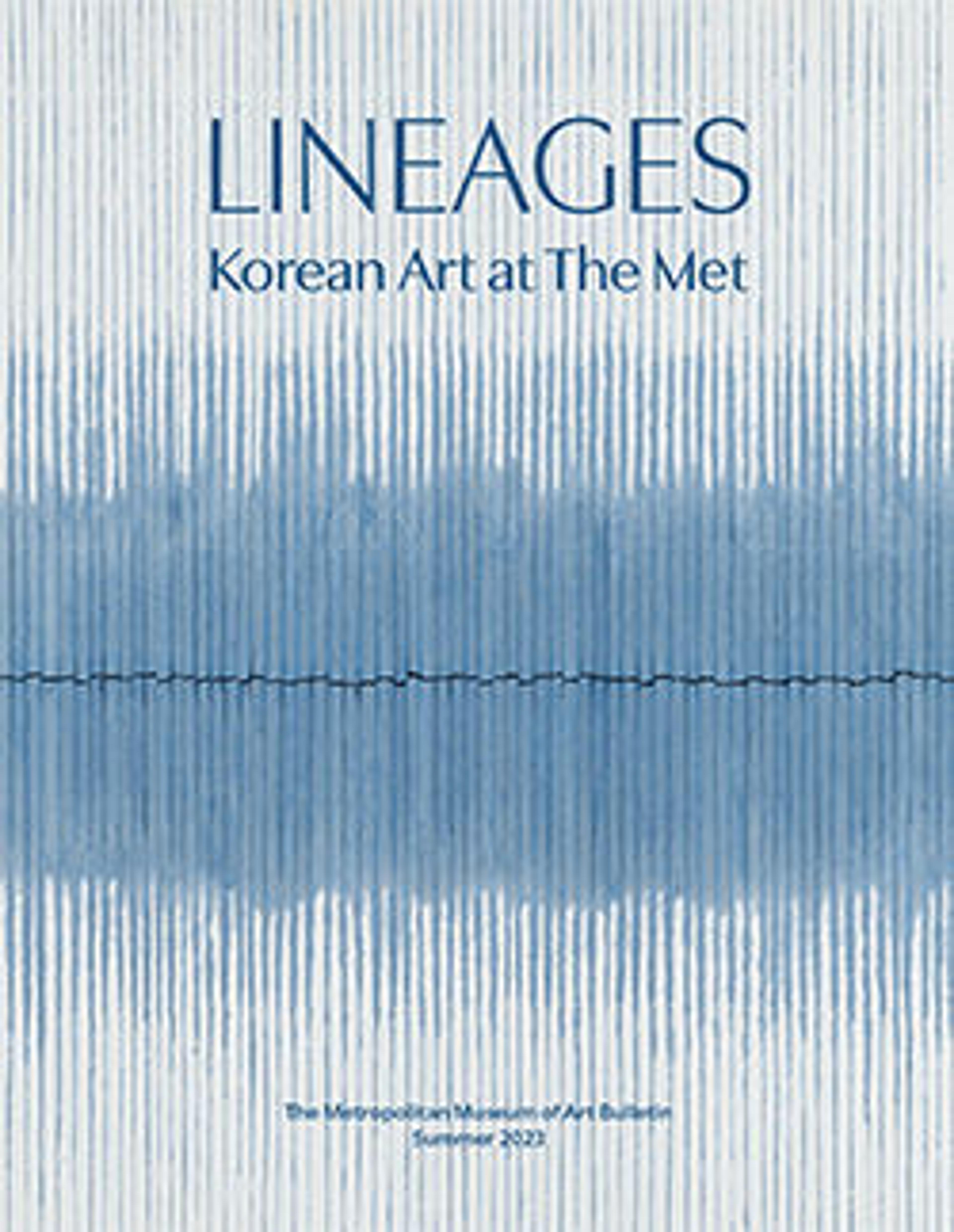Portrait of a Woman
Neo-Confucian patriarchy led to a scarcity of female portraits. The rise of pungsokhwa (everyday-life genre paintings) in the late seventeenth century resulted in more depictions of women, mainly gisaeng (female entertainers), commoners, and shamans. Despite literary praise for women’s roles as matriarchs, wives, and daughters, visual representation of them only emerged in the late nineteenth century, often in the form of dual ancestral portraits with their husbands.
This sitter is in an interior akin to early twentieth-century photography studios, featuring a folding screen, tables, potted flowers, a vase, and a patterned mat. The woman’s unblemished, porcelain-like face adheres to contemporary beauty ideals. This treatment, paired with the braid that marks her unmarried status, links the piece to the Joseon miindo genre (painting of a beauty), depictions of colonial Korean women, and soft-hued nihonga (literally “Japanese painting”).
This sitter is in an interior akin to early twentieth-century photography studios, featuring a folding screen, tables, potted flowers, a vase, and a patterned mat. The woman’s unblemished, porcelain-like face adheres to contemporary beauty ideals. This treatment, paired with the braid that marks her unmarried status, links the piece to the Joseon miindo genre (painting of a beauty), depictions of colonial Korean women, and soft-hued nihonga (literally “Japanese painting”).
Artwork Details
- 작자미상 초상
- 作者未詳 肖像
- Title:Portrait of a Woman
- Artist:Unidentified artist
- Date:ca. 1920–40
- Culture:Korea
- Medium:Framed painting; ink and color on cotton
- Dimensions:33 3/4 x 20 1/2 in. (85.7 x 52.1 cm)
- Classification:Paintings
- Credit Line:Rogers Fund, 1943
- Object Number:43.12
- Curatorial Department: Asian Art
More Artwork
Research Resources
The Met provides unparalleled resources for research and welcomes an international community of students and scholars. The Met's Open Access API is where creators and researchers can connect to the The Met collection. Open Access data and public domain images are available for unrestricted commercial and noncommercial use without permission or fee.
To request images under copyright and other restrictions, please use this Image Request form.
Feedback
We continue to research and examine historical and cultural context for objects in The Met collection. If you have comments or questions about this object record, please contact us using the form below. The Museum looks forward to receiving your comments.
